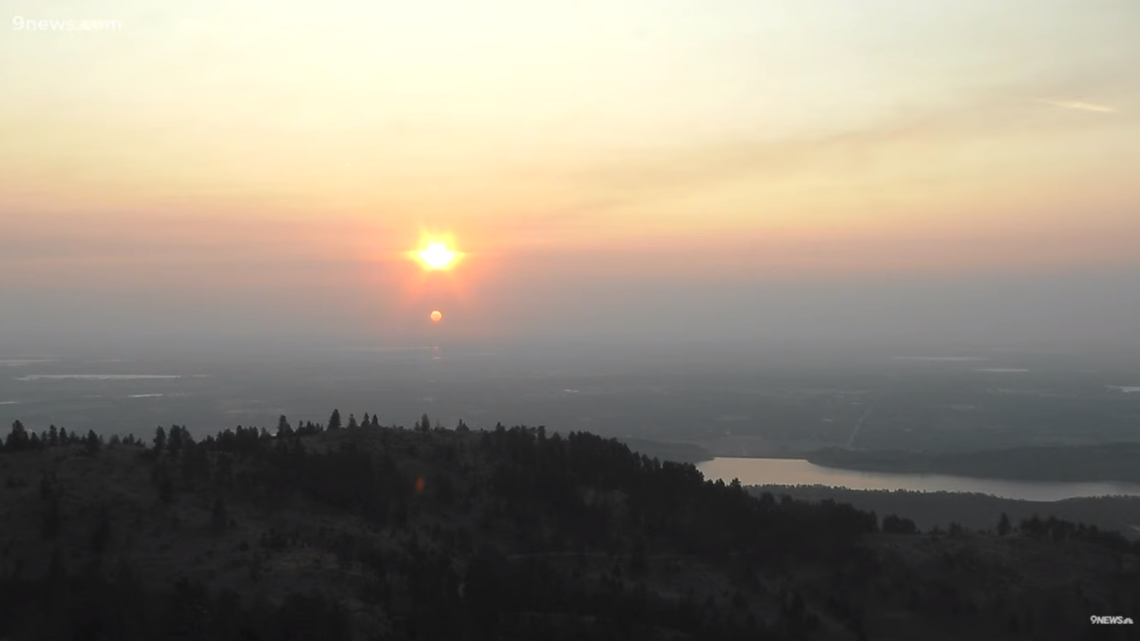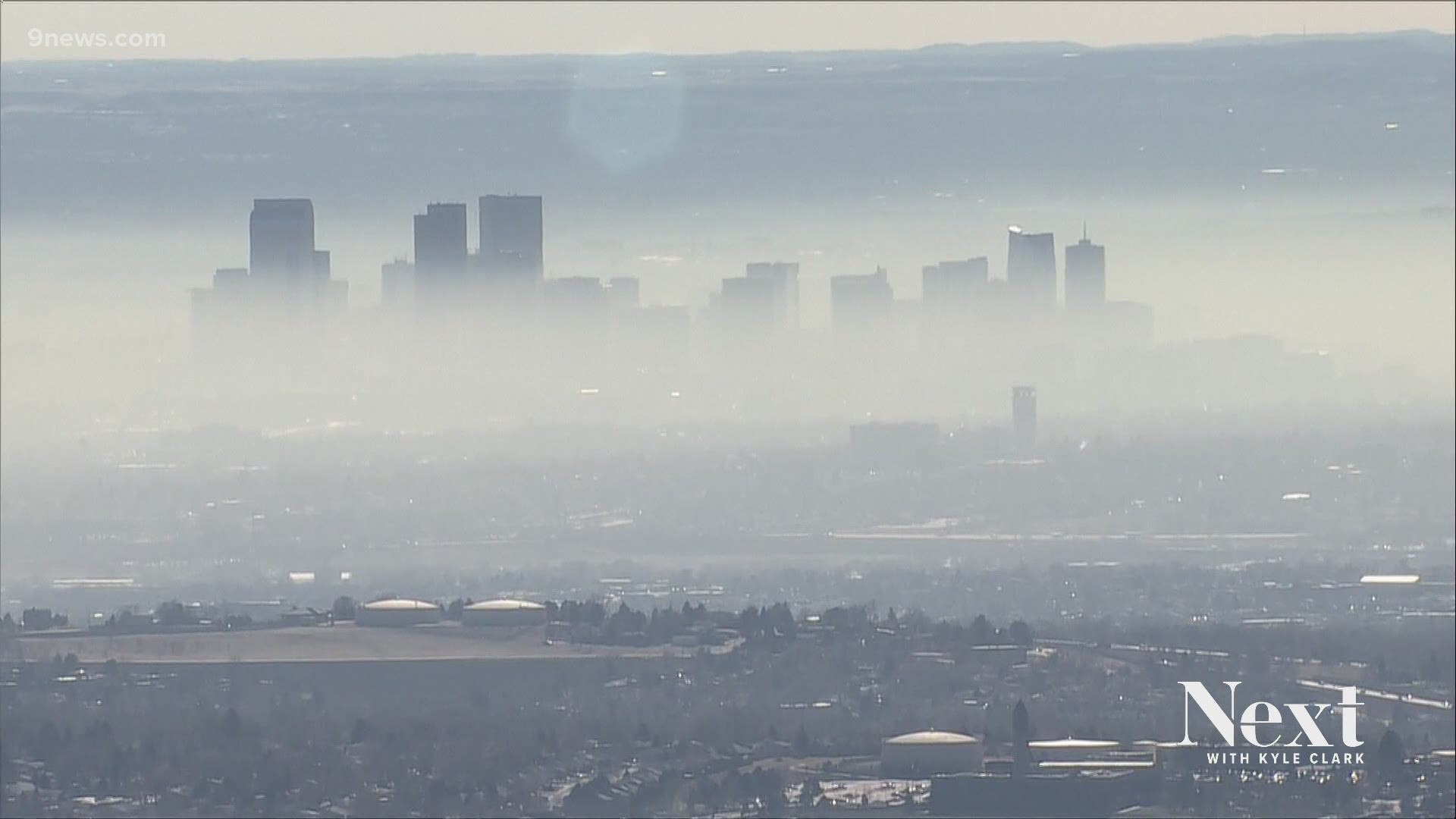DENVER — The wildfire smoke that is streaming into Colorado from out of state, is only part of a pollution cocktail creating hazy skies on the Front Range. An air quality alert was in place for the 15th day in a row on Monday.
“If you ask me straight out, I would say that the wildfire smoke is not needed to make that happen. This is a classic high ozone day,” said Frank Flocke, an atmospheric scientist from the National Center for Atmospheric Research (NCAR) in Boulder.
Flocke said that ground ozone production is directly proportionate to the amount of sunlight we have.
It's created when solar radiation bakes the pollution that already exists near the ground. That pollution comes from sources like automobile emissions, combustion from industrial processes, and the compounds that escape from oil and gas operations.
And he also said the wildfire smoke can make the ozone problem even worse.
“The last word is not out on exactly how it works, but we know now that wildfire smoke can increase ozone in downwind areas," said Flocke.
He cited the WE-CAN project in 2018 which he was one of the principal investigators, and the FIREX-AQ mission conducted by NASA in 2019.
Those projects showed that out of state wildfires can make their own ozone and transport it to places downwind like Colorado. They can also transport volatile organic compounds downwind where they are then converted to ozone locally.
He said the main source of our high ozone lately is on the interstates.
“We are fully back in business," Flocke said. "There is no effect visible anymore from COVID.”
He said the traffic count on Interstate 25 through Denver is back up above 250,000 vehicles a day. And that it’s higher than it ever was before the pandemic.


The visuals around the Front Range have been intimidating over this 15-day air quality alert streak. We haven't see the Rocky Mountain peaks clearly during that time, and our sunrises and sunsets have been fiery orange almost every one of those days.
So is this this wildfire-ozone mix of today worse than the Brown Cloud of the '70s and '80s?
“The Brown Cloud was a completely different issue,” said Flocke.
He said that you can’t make a fair comparison because the smog of the '70s and ’80s was made up mostly from direct emissions like carbon monoxide.
Our pollution today is mostly secondary emissions -- meaning it's pollution made by chemically changing other pollution through solar radiation or wildfire.
The Front Range of Colorado has essentially traded one bad air quality issue for another. And Flocke said it’s possible that our new problem is just as bad as our old one.
And he said increased emissions cause local pollution, and correlated greenhouse gas emissions are the root cause of wildfires.
“We are doing it to ourselves," he said. "And ya we can blame wildfires but if we go back a few steps, you end up with yourself.”
He also pointed out that ozone is mainly a summer issue with the highest concentrations from May through September. The Brown Cloud was mainly a winter issue because of the way the pollution got trapped under frequent temperature inversions on the Front Range.
SUGGESTED VIDEOS: Wildfires in Colorado

